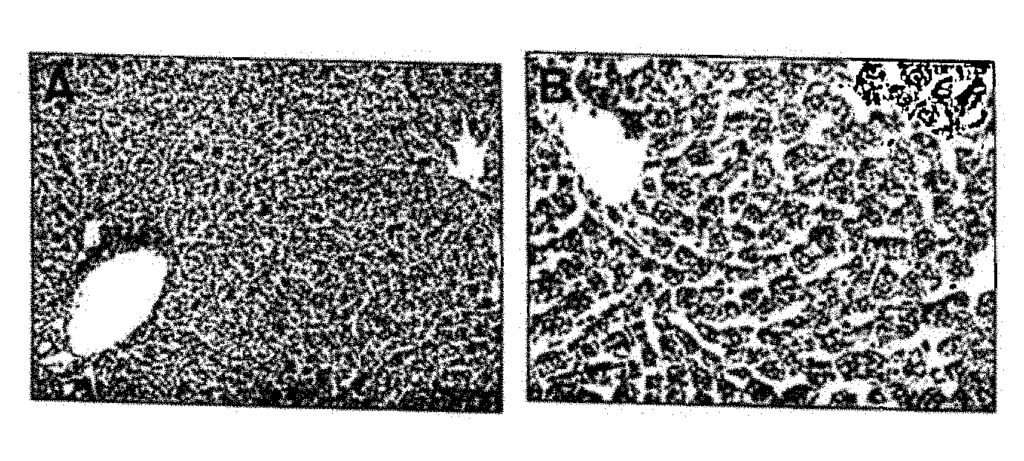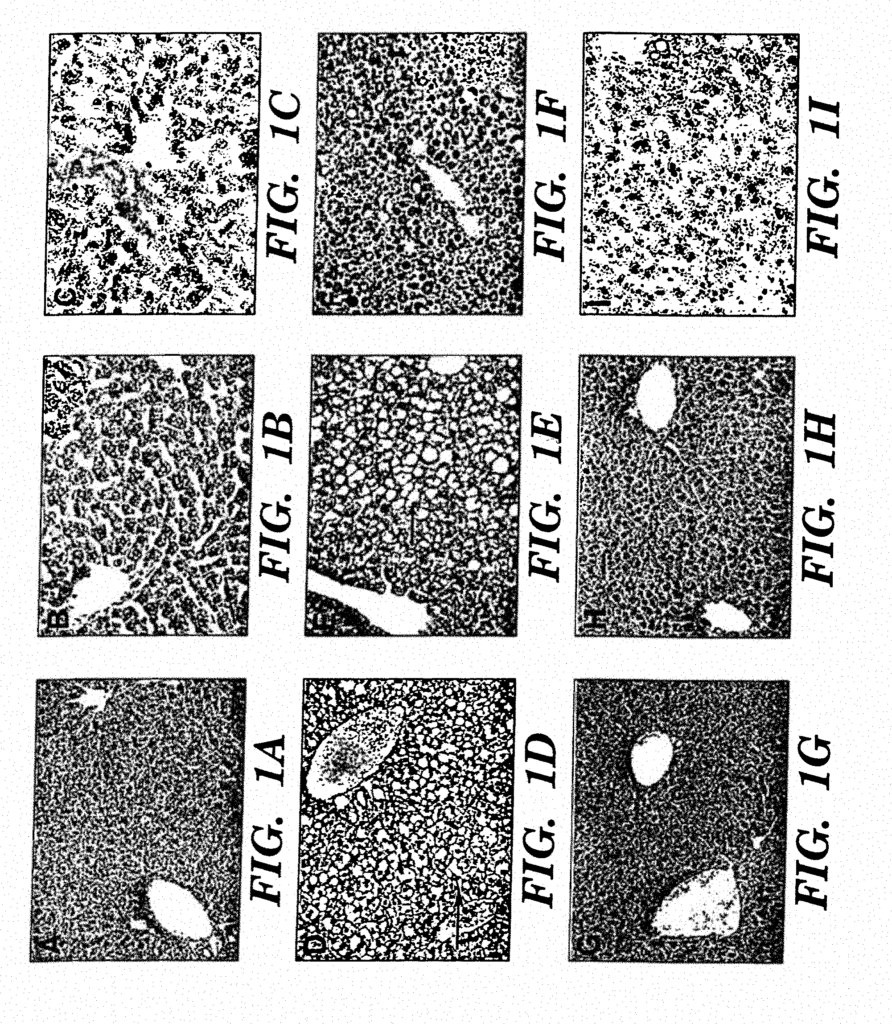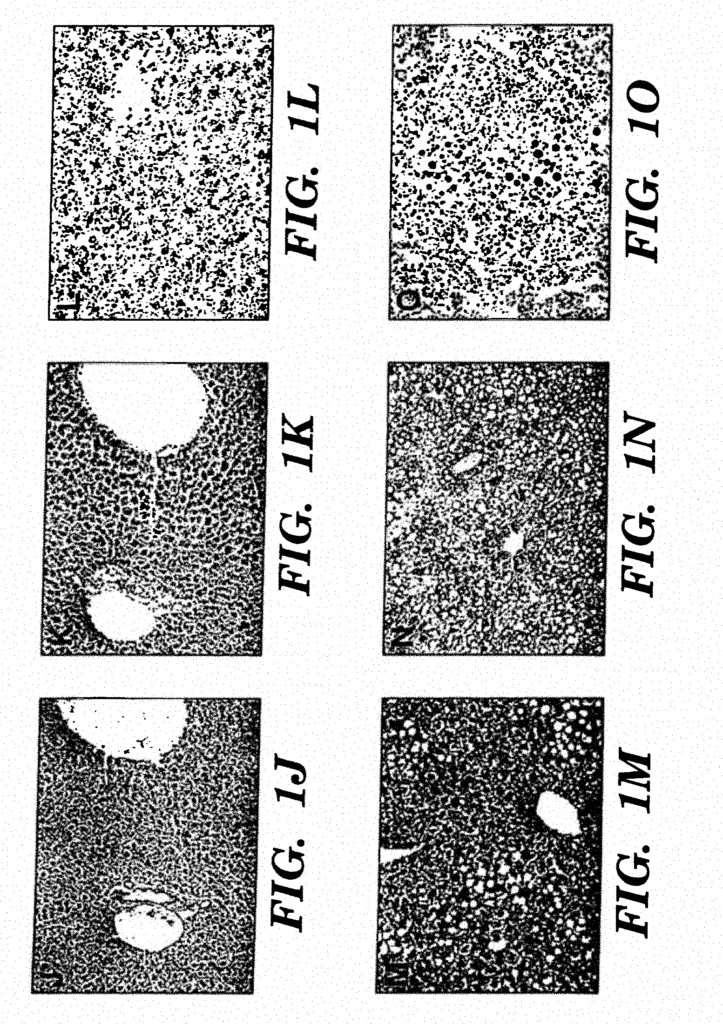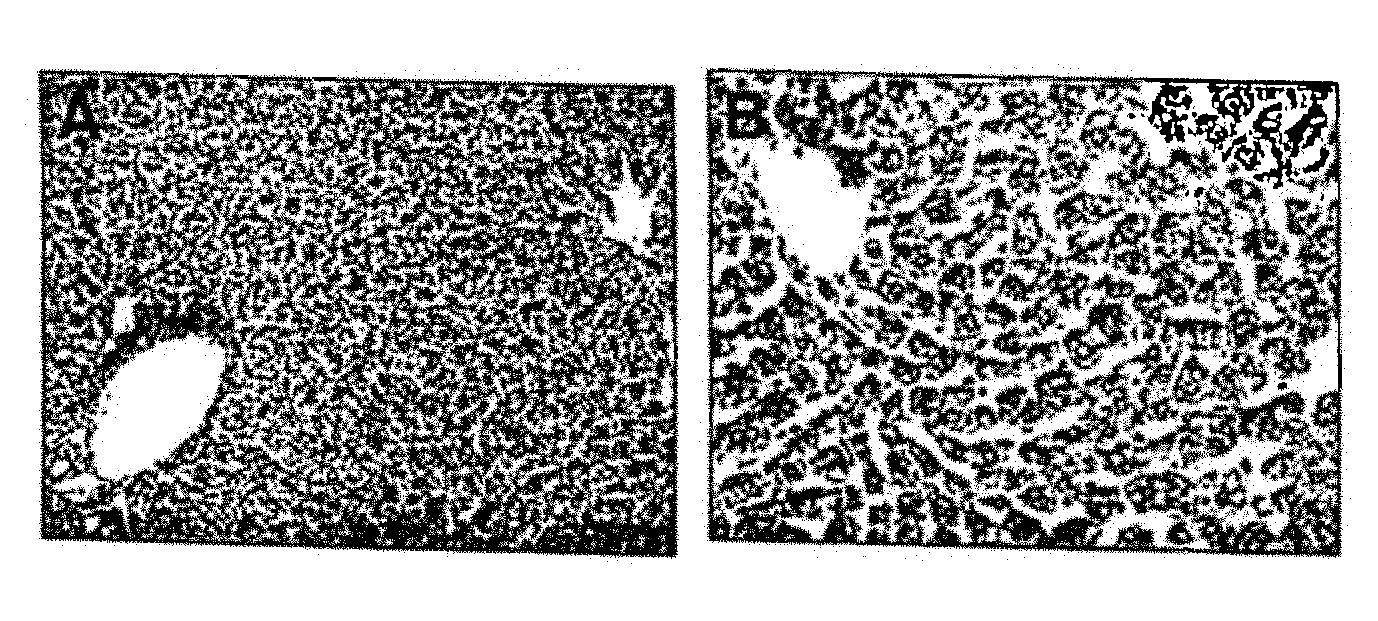Invented by Mark Puder, Kathleen M. Gura, Childrens Medical Center Corp
Liver diseases associated with PN, such as cholestasis and non-alcoholic fatty liver disease (NAFLD), are common complications that can occur in patients receiving long-term PN therapy. Cholestasis is characterized by impaired bile flow, leading to the buildup of bile acids in the liver, while NAFLD is characterized by the accumulation of fat in the liver. These conditions can cause liver damage and may progress to more severe liver diseases if not properly managed.
The growing prevalence of liver diseases globally is a key factor driving the market for treatment and prevention of liver diseases associated with PN. According to the World Health Organization (WHO), liver diseases are responsible for more than 1.5 million deaths each year, making it a significant public health concern. The increasing incidence of liver diseases, including hepatitis, cirrhosis, and liver cancer, has led to a greater demand for effective treatment and prevention strategies.
The use of PN therapy has also been on the rise, further contributing to the market growth. PN therapy is commonly used in patients with conditions such as gastrointestinal disorders, cancer, and malnutrition. However, prolonged use of PN can lead to liver complications, necessitating the need for specialized treatments and preventive measures.
In response to the growing demand, pharmaceutical companies and healthcare providers are investing in research and development to develop innovative therapies and interventions for the treatment and prevention of liver diseases associated with PN. These include medications to manage cholestasis, such as ursodeoxycholic acid, which helps improve bile flow and reduce liver damage. Additionally, lifestyle modifications, such as dietary changes and exercise, are recommended to prevent and manage NAFLD.
The market for treatment and prevention of liver diseases associated with PN is also witnessing technological advancements. For instance, the development of novel drug delivery systems, such as nanoparticle-based formulations, is enhancing the efficacy and safety of treatments. Furthermore, advancements in diagnostic techniques, such as non-invasive liver imaging and biomarker testing, are aiding in early detection and monitoring of liver diseases associated with PN.
However, challenges remain in this market. The high cost of specialized medications and therapies can limit access to treatment for some patients, particularly in low-income countries. Additionally, the complex nature of liver diseases and the variability in patient responses to treatment pose challenges in developing standardized treatment protocols.
In conclusion, the market for treatment and prevention of liver diseases associated with parenteral nutrition is experiencing significant growth due to the increasing prevalence of liver diseases and the expanding use of PN therapy. The development of innovative therapies, technological advancements, and the focus on early detection and prevention are driving market growth. However, addressing the challenges of affordability and standardization of treatment protocols will be crucial in ensuring access to effective interventions for all patients.

The Childrens Medical Center Corp invention works as follows
The present invention is based upon the discovery that parenteral nutritional (PN) can cause liver disease. The fatty liver can be reversed and prevented by administering primarily omega-3 fatty acids with PN instead of standard intravenous liquid emulsions containing primarily plant-derived omega-6 fatty acids. The present invention is a method of treating or preventing liver diseases in a patient by providing nutritional support via PN. The method includes intravenous administration to the patient of a sufficient amount of omega-3-fatty acids emulsion, without administering phytosterols, plant-derived fatty acid, etc. Omega-6 fatty acids from plant sources, where the administration of an omega-3-fatty acid solution to the patient lasts for more than three weeks. Preferably the administration will last for more than six weeks. The administration should last at least three months.

Background for Treatment and prevention of liver diseases associated with parenteral nutritional (PN)
Parenteral nutrition (PN) can be used to provide nutritional support for patients who cannot be fed orally. This is the case, for instance, when a patient’s GI tract is impaired and they are unable to accept enteral feedings.
The use of PN by patients of any age has been linked to liver disease ranging from hepatic steatosis, to cirrhosis, and finally liver failure (1, 4, 13-17). Researchers have suggested that PN’s toxicities or deficiencies are what cause hepatic damage (22-24) and that PN’s lipids may be the culprit. Principles and Practice of Pediatrics is a major pediatrics text that states that there are few studies that suggest intravenous glucose or fat may be associated with hepatic cholesterol.
A study on a newborn pig showed that intravenous fish oil, which is primarily composed of omega-3 fatty acid, reduced the parenteral-nutrition-induced cholestasis (39)”. The study lasted only three weeks and the long-term effects of administering omega-3 fatty acid alone were not assessed. Those in the know have not accepted the idea of removing an essential fatty from PN’s standard nutritional support regime. “It is believed that reducing an essential fatty acids, such as Omega-6, in a long-term treatment would result in fatty acyl deficiency, and worsen the health of the patients.
PN-associated liver disease is a major drawback of parenteral feeding.” This is a serious problem for newborns and infants, who are at a high risk of chronic liver disease (18-19). Additionally, prolonged use of PN by children and adults leads to non-alcoholic fatty hepatitis (NAFLD). There is therefore a need to find a way to provide nutritional support without causing such a devastating disease.
The present invention is based upon the discovery that parenteral nutritional (PN) can cause liver disease. The present invention is based on the discovery that parenteral nutrition (PN) induced liver disease, e.g.
The present invention is a method of treating or preventing liver diseases in a patient by obtaining nutritional support via PN. The method includes intravenous administration to the patient of an effective amount an omega-3 fatty acid emulsion, without administering phytosterols, plant-derived fatty acids or the like. Omega-6 fatty acids from plant sources, whereby the administration of an omega-3 fatty acid emulsion is over a longer period than three weeks. Preferably the administration will last for more than six weeks. The administration should last at least three months.
The invention can treat any liver disease associated with PN. In one embodiment the liver disease that is to be treated or prevented is fatty liver.
In one embodiment, fish oil is used to make the omega-3 fatty acid emulsion that’s used in the methods of the invention. Fish oil can come from a variety of fish, including but not limited, to menhadens, herrings, mackerels, cods, caplins, tilapias, tunas, pacific salmons, krill, tilapias, tilapias, calpins, ahi tunas, ahi tunas, ahi tunas, ahi ahi, a
The patient who will be treated by the methods of this invention can be at any age. The patient could be a newborn or a premature infant. It could also be an infant, child, child under 18, child under 12 years old, or adult who is receiving long-term nutrition through PN.
The omega-3 fatty acid emulsion should be administered as long as the patient can receive adequate nutrition through enteral food intake.

In one embodiment, omega-3-fatty acids emulsions are administered in a range of doses from 0.2g/kg/day up to 3.0g/day.
In another embodiment, omega-3-fatty acids are administered in a dosage of 0.5 to 1.0 grams per kilogram/day.
Click here to view the patent on Google Patents.

Leave a Reply